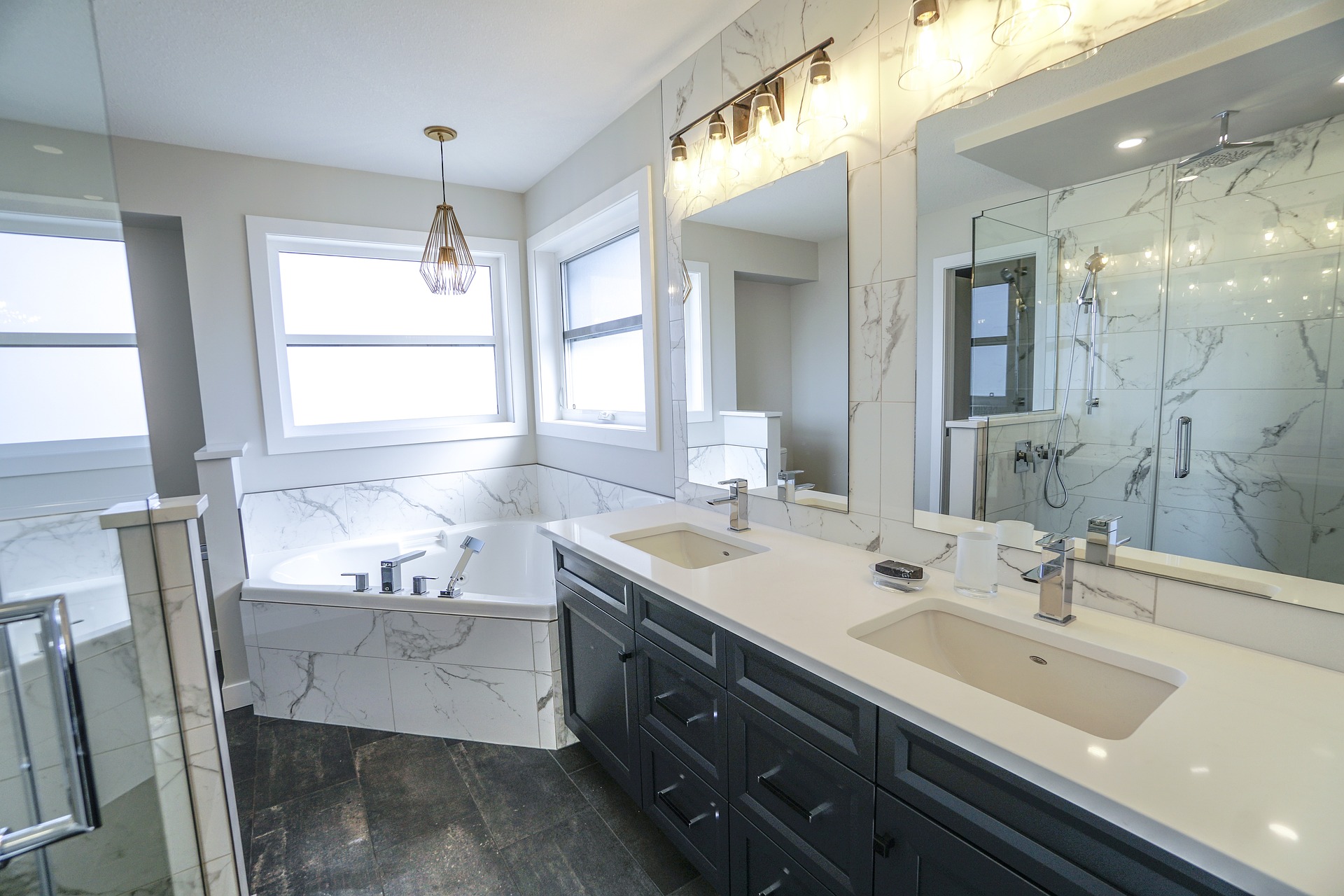Smart water fixtures that reduce consumption and waste
Smart water fixtures can significantly lower household consumption and waste without sacrificing comfort. By pairing efficient taps, showerheads, toilets and smart controls with thoughtful plumbing, drainage, insulation and waterproofing, a bathroom remodel can become a major step toward sustainability and accessibility while improving long-term performance.
Smart water fixtures offer a practical route to reduce consumption and waste in daily life. Beyond installing low-flow faucets or dual-flush toilets, effective water savings come from integrated approaches that include better plumbing, careful drainage design, and improved insulation. A sustainability-minded renovation combines efficient fixtures with durable materials—tiles, grout, and waterproofing—that reduce leaks and the need for repeat repairs, lowering overall resource use and waste generation.
How do fixtures cut water use?
Water-saving fixtures such as aerating faucets, low-flow showerheads, and dual-flush or pressure-assist toilets reduce flow without compromising function. Modern fixtures can mix air with water, maintain pressure while reducing liters per minute, and use sensor or timed controls to avoid unnecessary running. Choosing fixtures with clear efficiency ratings and reliable plumbing connections reduces leaks and ongoing waste. Integrating a well-selected vanity and fixtures that are easy to maintain also helps prevent future replacements and waste.
Can plumbing and drainage reduce waste?
Proper plumbing and thoughtfully designed drainage directly affect water conservation. Correct slope and drain sizing avoids pooling and reduces the risk of backups that lead to overuse or repeat cleaning. Quality plumbing materials and fittings minimize hidden leaks, and routine checks around valves and seals reduce wasted water. Drainage that channels used water effectively also supports graywater reuse systems for irrigation or toilet flushing where local services allow, improving overall sustainability without major behavior changes.
What role do ventilation and insulation play?
Ventilation and insulation might seem unrelated to water, but they influence the bathroom’s longevity and efficiency. Good ventilation reduces humidity, protecting grout and waterproofing membranes from mold and deterioration that lead to leaks. Proper insulation around pipes prevents heat loss and frozen-pipe bursts, reducing the need for emergency water use and repairs. Together, ventilation and insulation protect fixtures and finishes, extending their lifespan and cutting resource waste associated with premature renovation.
How do tiles, grout, and waterproofing affect conservation?
Durable tiles, correctly installed grout, and reliable waterproofing create a long-lasting environment that resists leaks and moisture damage. Poor grout or inadequate waterproofing often leads to tile failures and hidden water intrusion, resulting in demolition and replacement—both wasteful outcomes. Selecting slip-resistant tiles, matching grout with appropriate sealants, and ensuring professional waterproofing around showers, tubs, and wet walls supports sustainability by minimizing repair cycles and preserving existing plumbing integrity.
How can remodels improve accessibility and storage while saving water?
A well-planned remodel that improves accessibility often aligns with water savings. Curbless showers and hand-held, efficient showerheads can reduce unnecessary water use during transfers and cleaning. Thoughtful storage around the vanity and fixtures reduces clutter, making maintenance easier and preventing accidental damage that causes leaks. Designing with accessibility in mind often means installing fixtures at ergonomic heights and using materials that are easy to clean, which lowers the need for harsh chemicals and repeated water-intensive maintenance.
How does lighting and vanity selection contribute to sustainability?
Energy-efficient lighting paired with water-smart vanities supports an eco-conscious bathroom. LED lighting reduces heat that can accelerate material degradation, while vanities with integrated sinks or durable countertops reduce seams where water can penetrate. Choosing solid-surface or water-resistant vanity materials simplifies cleaning and reduces the chance of water damage. Combined with efficient fixtures, these choices cut both water and energy waste, improving long-term sustainability.
Conclusion Reducing water consumption and waste in the bathroom is most effective when smart fixtures are part of a holistic approach. Addressing plumbing and drainage, selecting durable tiles and grout with proper waterproofing, attending to ventilation and insulation, and planning remodels for accessibility and storage all contribute to lasting water savings. Thoughtful choices in lighting, vanities, and fixture selection create a bathroom that conserves resources, reduces maintenance, and supports sustainable living.






